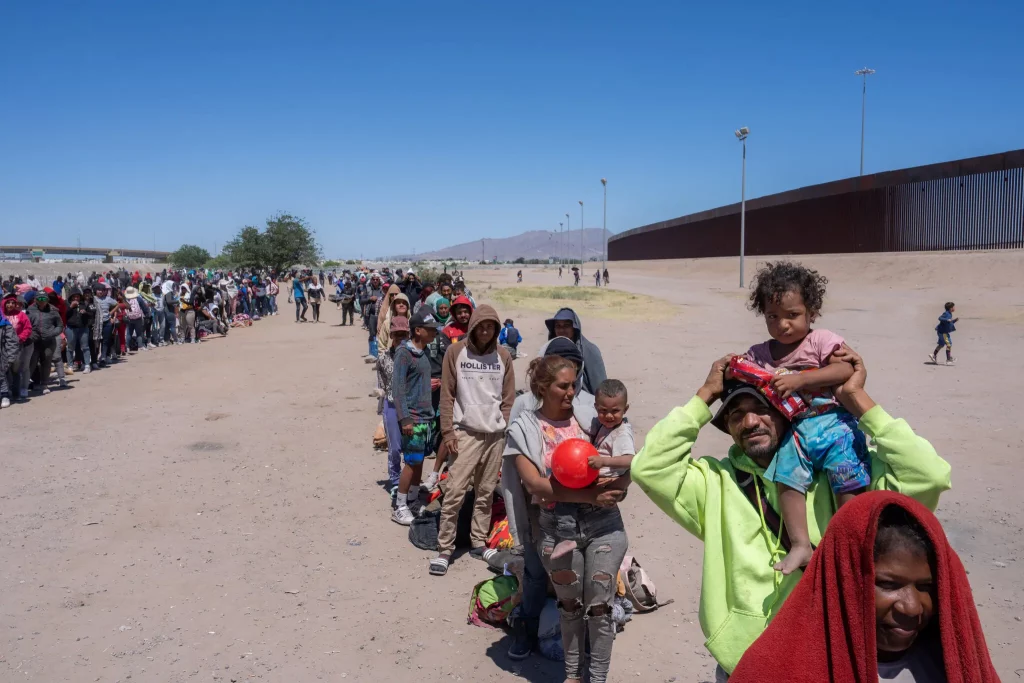In recent months, the number of migrants attempting dangerous journeys across the Mediterranean and other risky routes has been rising sharply. Thousands of people, including families with young children, continue to leave conflict zones, unstable economies, and climate-affected regions in search of safety and better opportunities.
According to humanitarian organizations, many migrants face severe challenges during these journeys. From overcrowded boats in the Mediterranean to harsh deserts in North Africa, the risks are enormous. Tragically, hundreds have already lost their lives in 2025 while attempting to reach Europe, sparking renewed concerns from human rights groups about the lack of safe and legal migration channels.
Governments across Europe are under pressure to balance border security with humanitarian obligations. While some countries have strengthened their migration policies, aid groups argue that these measures often leave vulnerable people without alternatives. They emphasize the need for coordinated international efforts to protect migrants’ rights while addressing the root causes that force people to flee their homes.
The rising numbers have also highlighted the role of smugglers who exploit desperate people. Many migrants pay large sums only to end up in life-threatening situations. Experts warn that without safer pathways, migrants will continue risking their lives, and smugglers will keep profiting from human suffering.
The growing crisis shows that migration is not just a border issue but also a humanitarian one. Advocates insist that solutions should focus on cooperation, protection, and dignity rather than punishment and exclusion. For many migrants, the hope of a safer and better life continues to outweigh the dangers of the journey.

